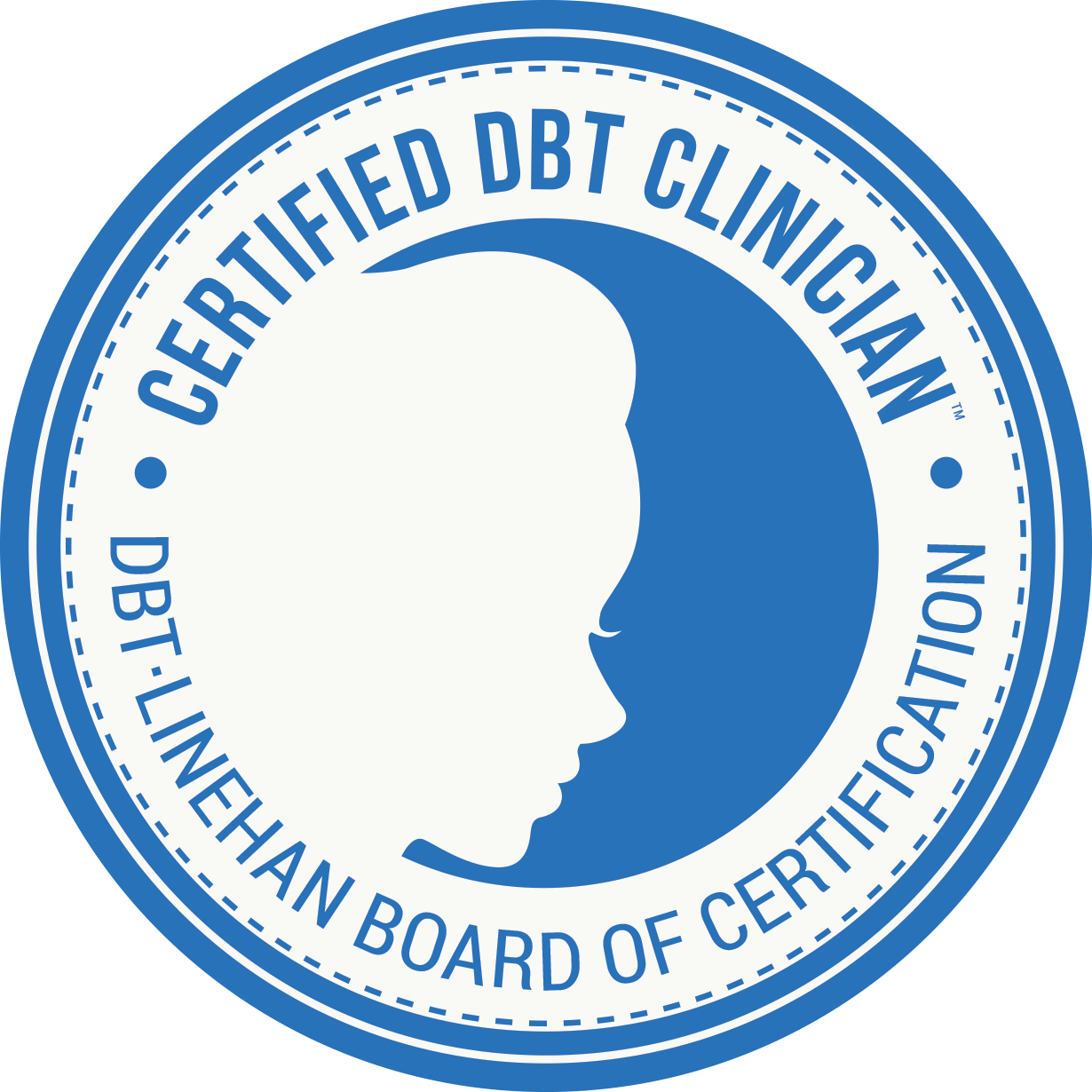If you’ve ever heard of DBT (Dialectical Behavior Therapy), you probably know it’s a powerful tool for people struggling with intense emotions, self-harm urges, or chaotic relationships.
But what if your problem isn’t emotional chaos—it’s emotional overcontrol?
Enter RO-DBT therapy—a lesser-known but incredibly life-changing approach designed for people who have the opposite struggle: they hold everything in so tightly that it starts hurting their mental health, relationships, and overall quality of life.
If you’ve ever felt like you had to keep everything “just so,” if you pride yourself on control but secretly feel lonely, or if your emotions stay locked up inside even when you wish you could connect more—this therapy might be speaking right to you.
Let’s break it down: what is RO-DBT therapy, who it’s for, and how it’s different from classic DBT.
What is the RO-DBT approach?
RO-DBT therapy stands for Radically Open Dialectical Behavior Therapy.
It’s a special kind of therapy created by Dr. Thomas Lynch specifically to help people who struggle with too much self-control rather than too little.
Where traditional DBT teaches skills to manage out-of-control emotions (think impulsivity, intense mood swings, high-conflict relationships), RO-DBT therapy focuses on those who over-regulate—people who might look calm and composed on the outside but feel isolated, rigid, anxious, or empty inside.
The core goal of RO-DBT is this: to help people loosen up, take healthy emotional risks, and form deeper, more meaningful relationships.
It’s not about teaching you to stop caring.
It’s about helping you find freedom, flexibility, and connection—without feeling like you’re constantly in a battle between “I have to stay perfect” and “I wish I could just be myself.”
At its heart, RO-DBT therapy isn’t just about managing emotions—it’s about opening up your inner world so you can experience life (and relationships) more fully.
What is the core problem RO-DBT aims to treat?
In classic DBT, the main problem is emotional undercontrol—meaning emotions come on strong and fast, and it’s hard to rein them in.
In RO-DBT therapy, the focus flips. The core issue it addresses is emotional overcontrol.
This might look like:
- Difficulty expressing vulnerability or asking for help
- Excessive self-discipline (to the point of rigidity)
- High levels of perfectionism
- Feeling disconnected from others despite wanting connection
- Chronic loneliness or social anxiety
- Struggles with trust or emotional intimacy
- An intense fear of making mistakes or being judged
Overcontrolled coping styles can develop for lots of reasons—sometimes because you grew up in a high-pressure environment, or because being “perfect” felt safer than being vulnerable.
And while these traits might help in certain environments (think academics, structured jobs, or crisis situations), they can create huge problems in everyday life—especially in close relationships.
RO-DBT therapy teaches that connection—not perfection—is what really leads to happiness and mental health. It helps people learn how to let others in, to be seen, and to risk being emotionally authentic even when it feels scary.
What is the difference between radically open DBT and DBT?
At a glance, traditional DBT and RO-DBT might sound similar—after all, they’re both about emotional skills, right?
But when you zoom in, you’ll notice some key differences:
- Target Audience:
- DBT is for people with emotional undercontrol—those who feel emotions intensely and struggle with impulsivity or self-destructive behaviors.
- RO-DBT is for people with emotional overcontrol—those who suppress emotions, overthink, and isolate themselves.
- Main Goals:
- Traditional DBT focuses on regulating emotions, building distress tolerance, and reducing harmful behaviors.
- RO-DBT focuses on opening up, increasing emotional expression, and building social connectedness.
- Core Skills:
- DBT teaches mindfulness, distress tolerance, emotion regulation, and interpersonal effectiveness.
- RO-DBT teaches radical openness, social signaling, self-enquiry, and how to relax rigid control strategies.
- Tone and Style:
- DBT is structured and skills-focused.
- RO-DBT is playful, creative, and emphasizes self-exploration through humor, openness, and genuine emotional expression.
One way to think about it?
DBT says: “Let’s build a container strong enough to hold your emotions.”
RO-DBT says: “Let’s gently crack open that container so the real you can come out and connect with the world.”
Both approaches are powerful. It just depends on what kind of emotional struggle you’re facing.
How long has RO-DBT been around?
Compared to traditional DBT, RO-DBT therapy is still the new kid on the block—but it’s growing fast.
Dr. Thomas Lynch started developing RO-DBT in the 1990s, based on his research with people who had treatment-resistant depression—people who, interestingly, didn’t seem impulsive or chaotic, but rather, very controlled and emotionally distant.
Over the next two decades, RO-DBT was refined through clinical trials and research studies.
It officially started gaining broader recognition in the early 2010s, especially with the publication of Lynch’s major textbook in 2018, Radically Open Dialectical Behavior Therapy: Theory and Practice for Treating Disorders of Overcontrol.
Since then, RO-DBT therapy has been embraced by therapists, researchers, and clients all over the world—especially those who haven’t found success with traditional emotion-regulation therapies.
If you’re someone who has always felt a little “different,” who struggles to let people in, who feels a quiet sadness or loneliness underneath all the achievements—RO-DBT therapy might be exactly the fresh start you’ve been looking for.
Final Thoughts: Radical Openness = Radical Growth
You don’t have to stay trapped behind the walls you built to protect yourself.
RO-DBT therapy isn’t about tearing down your strengths—it’s about softening the rigid places, expanding your emotional range, and discovering that you can be both strong and open, capable and connected, wise and wonderfully, gloriously human.
If you recognize yourself in the description of emotional overcontrol, know this: you’re not broken. You’ve developed strategies that kept you safe—but you’re allowed to outgrow them.
You’re allowed to live with more laughter, spontaneity, intimacy, and ease.
And you don’t have to figure it out alone. With the right guidance and support, change is possible—and it can even be joyful.
So here’s your invitation: Be brave enough to open. Be curious enough to try. Your real, vibrant, connected life is waiting.
And RO-DBT therapy just might be the bridge that gets you there.
CONTACT
LOCATIONS
Charlotte
Davidson
Huntersville
Concord
VIRTUAL SERVICES IN:
North Carolina
South Carolina
Florida
Vermont
Kansas
California
Arizona
Live Happier.
Love Deeper.
Start Now.


